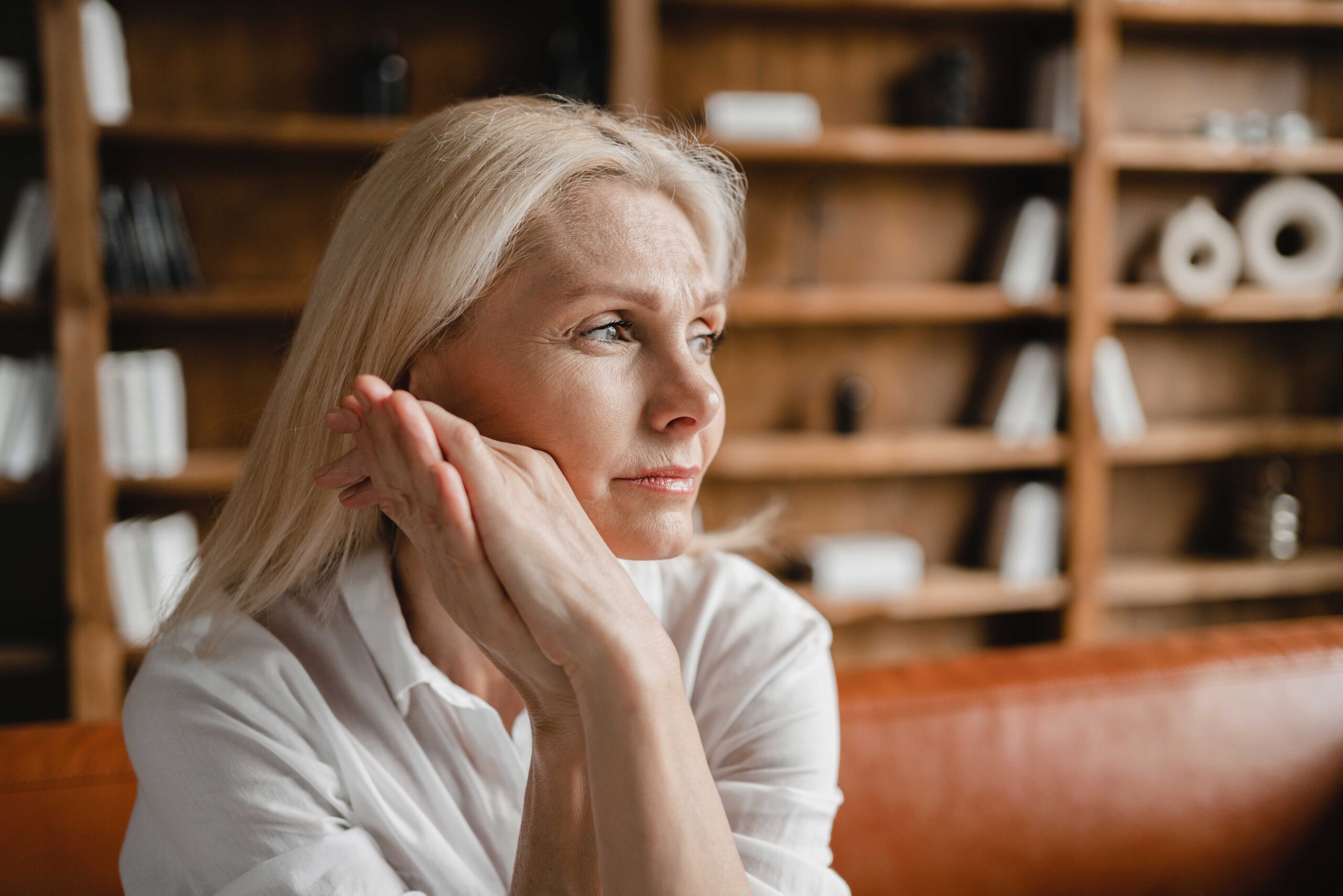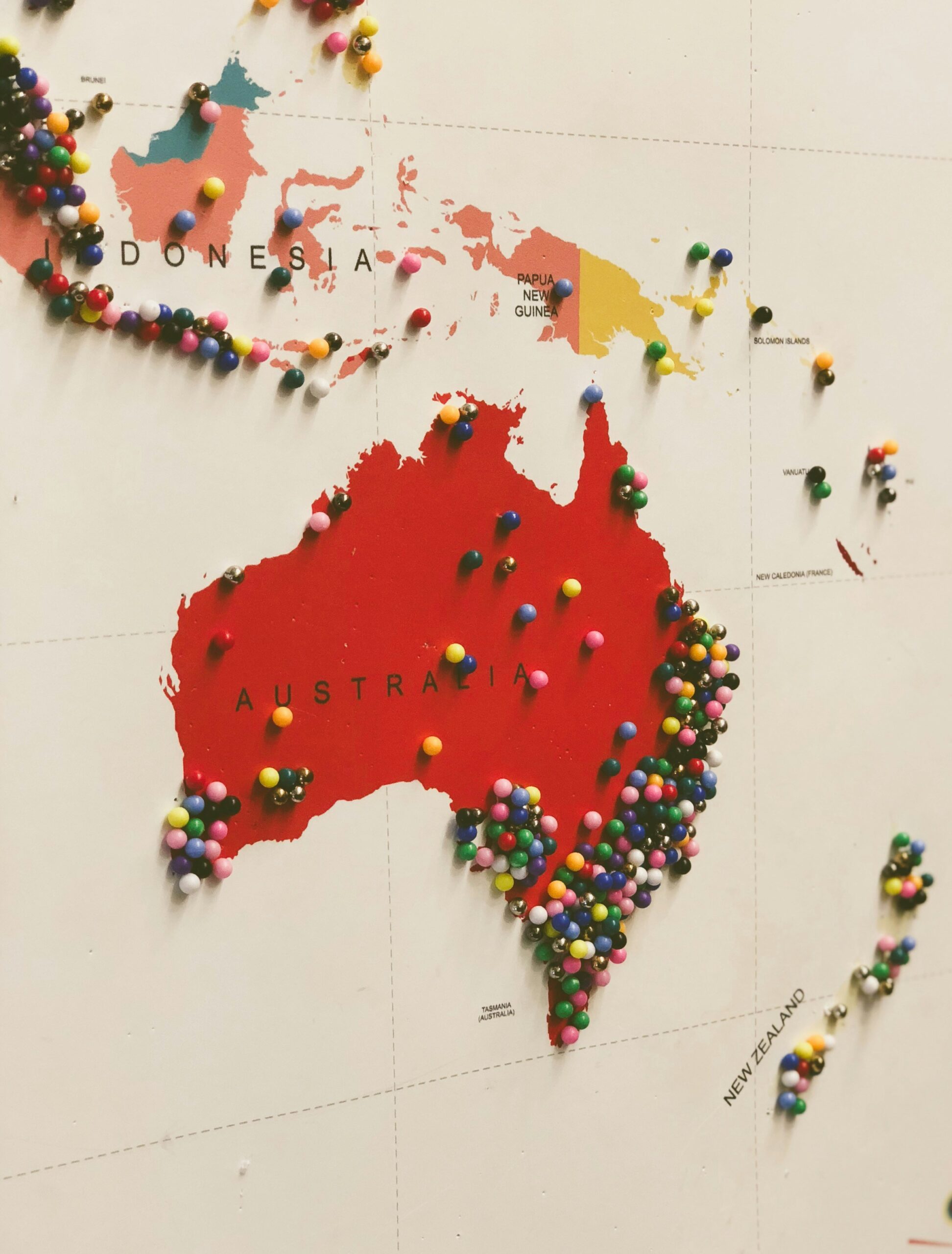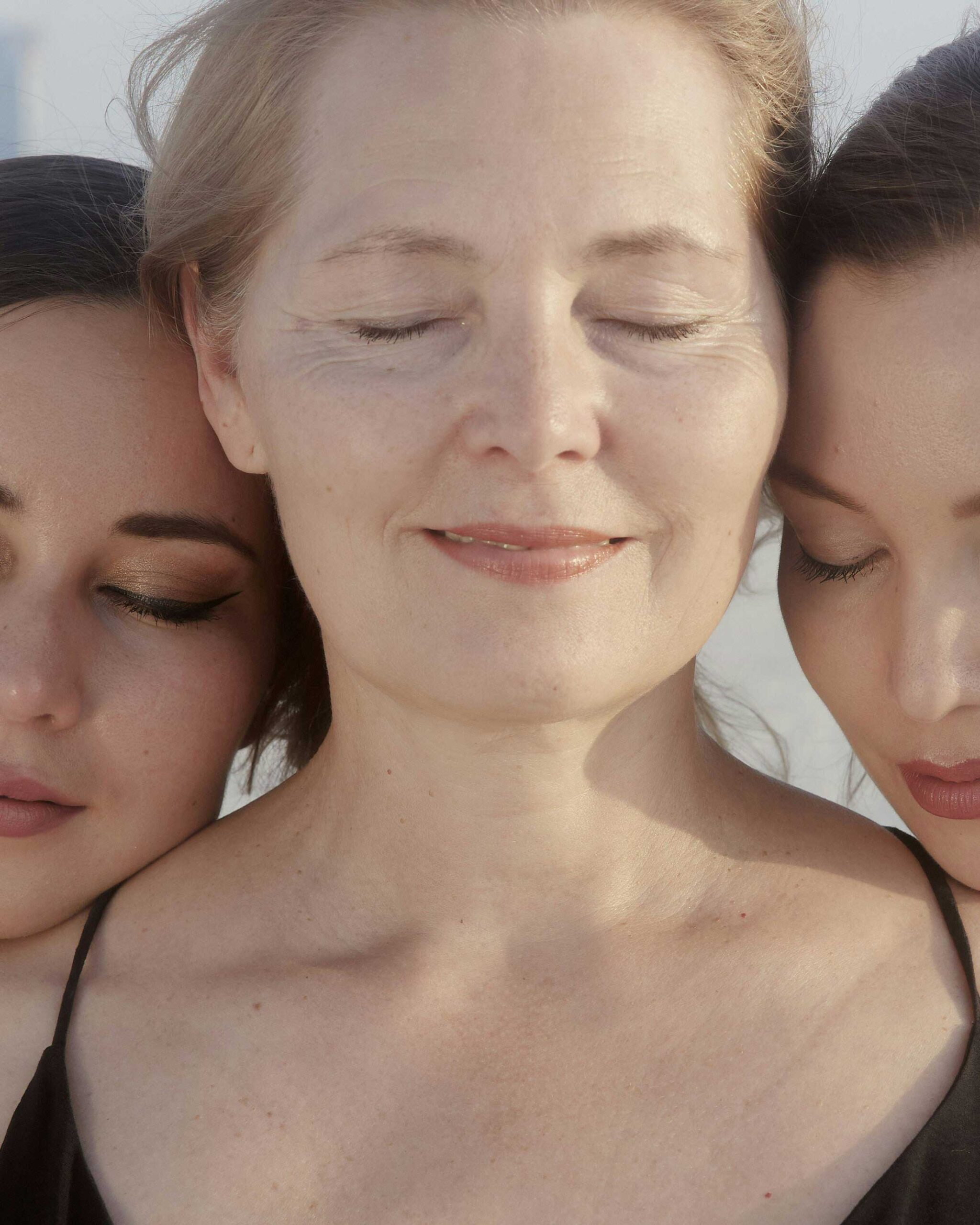Many women put off learning about menopause until well into their 40’s or 50’s. The good news is, it’s never too late to start making sense of menopause.

Medically speaking, it’s when you have no menstrual periods for a full 12 months. The average age of menopause in Australian women is 51 years (normal range from 45 – 55 years).
But menopause is more than just the end of regular periods. It’s also the term people use to refer to changes and symptoms in the lead-up to — and following — menopause. These symptoms can interfere with daily activities and quality of life.
Meaning ‘around menopause’:
the years leading up to menopause
Irregular periods
Female hormone levels change, causing symptoms of menopause
Ovulation ends
The symptoms of menopause continue
Some symptoms may become less bothersome or disappear altogether.
Lower oestrogen levels may increase your risk of particular heart and bone-related conditions.

Menopause is linked to changing hormone levels in the body. Changes in reproductive hormones like oestrogen are the root cause of many of the main symptoms of menopause.
Oestrogen levels generally rise from ages 20 to 30 years and then drop off from ages 40 to 50. Falling oestrogen levels drive many of the symptoms of menopause.
Egg follicles within ovaries are the main producers of oestrogen. Oestrogen levels drop because the number of eggs dwindles over time. Without oestrogen, periods stop. For most women, menopause happens when there are no eggs left.


Every woman faces her own journey through the stages of menopause, with her own set of symptoms to deal with.
A sudden feeling of warmth that spreads through your chest, neck, and face
Hot flushes that happen at night, often with excessive sweating
Difficulty falling and staying asleep, or early morning and nocturnal awakenings.
Lorem ipsum dolor sit amet, consectetur adipiscing elit.